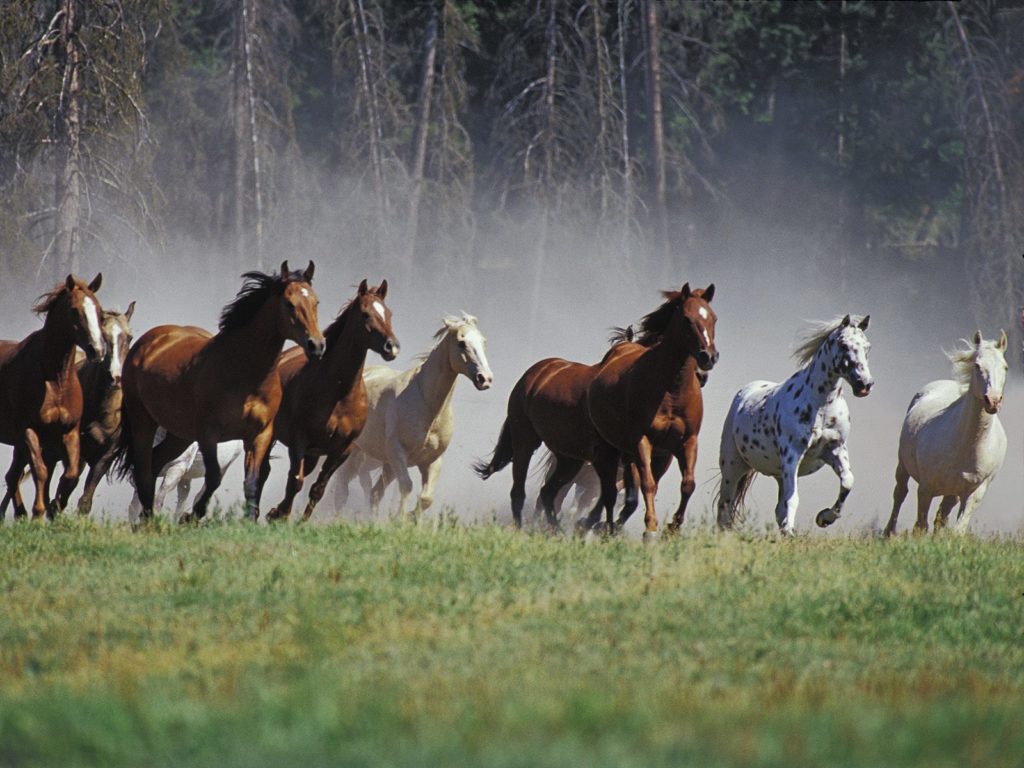My Horse Rushes Jumps
Question: My very green hackney pony is learning to jump – and he is really talented! Has a great eye and picks up his little knees great! When working on the flat, he’s calm and focused, however, our problem is this: when jumping, he is a maniac! He is so full of spunk and pep […]
Pulling When Going Home
Question: We have a somewhat green mare who is doing very well learning to trail ride. Until we start to come back and we get to near her field. Then she is a major pain…constantly pulling, not responding to the bit…I have been doing circles with her, but yesterday she was really pulling hard on […]
Snaffle Bit
Question: A trainer I know insists ALL horses be ridden in a snaffle, can ALL horses really perform in one, including older horses who have harder mouths, or mouths that can ignore a snaffle? Answer: This is a question that, taken at face value, I would have to answer as “yes,” since this question is […]
Proper Trailering Technique
Safely Load and Unload a Horse From a Trailer Some people are blessed with having trails, riding arenas and activities right where their horses live. For others, to enjoy these things means they will have to trailer their horses to another place. The reasons for trailering are many and can include traveling to horse shows, […]
Backing Out of a Trailer Problem
Question: I have a 4 yr. old gelding who I can get into a stock trailer but I can’t get him to back out. When I put just his front feet in I can get him to back out very nicely but when I get him all the way in he won’t back up even […]
Your First Horse Show!
So you are going to your first horse show. Or maybe it’s just been many years since you’ve been in the show ring. Either way, it can be a nerve-wracking experience just getting there, not to mention the actual event, itself. I have seen the emotions of my students run the gamut from total nonchalance […]
Longeline Basics
Longe line work is one of the most basic, and at the same time, one of the most advanced training tools available. It is extremely useful in the early stages of training to condition a horse to carry a rider’s weight, and can be very nearly as important later in the horse’s life when he […]
The Basics of Cavalleties
Cavalleties are a wonderful tool that can enhance any training program. In this article, I’m going to talk about the uses and benefits of cavalleties. Cavalleties are simply poles that are raised up slightly off of the ground. Most cavalleties have varying height adjustments for different exercises. Cavalleties are simple to build and can be […]
A New Owner’s Guide to Spring Dangers
A New Horse Owners Guide To Spring Dangers Well, with spring just around the corner, many horse owner’s thoughts turn to spending more time with their horses. But before you throw your saddle on your horse and jump on, there are some things that need to be thought of. Equipment Many people who live in […]
Training for the Trail
Training For The Trail Trail riding can be great fun, and it can help with problems such as boredom and sourness in the ring. The benefits of trail riding can be an increased bond and greater trust between horse and rider, it can help a ring sour horse become more willing, it can help get […]
